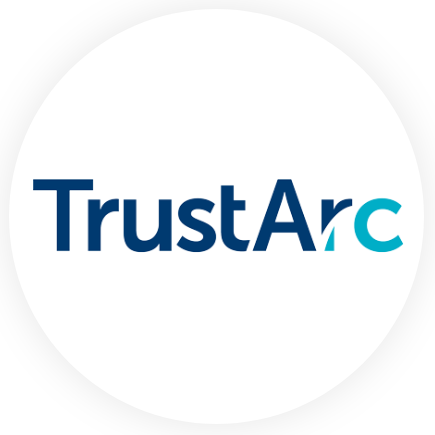As a business owner, you’re eager to make technological investments that will promote swift and lasting improvements to your profit margin. While a variety of upgrades can accomplish this goal, few will provide as much of a boost as solid-state drives (SSDs).
Solid-State Drive vs. Hard Drive: What’s the Difference?
From speed to pricing, SSDs and hard disk drives (HDDs) hold a variety of differences worth considering as you select your preferred approach. First, however, it’s important to understand the fundamental differences in how they operate. Traditional hard drives feature read/write heads, which access data as metal platters spin. Meanwhile, solid-state drives use flash-memory chips known as NAND.
Many business owners focus on cost, often expressing skepticism when they learn that SSDs are significantly more expensive. With the extra price, however, comes a huge improvement in speed.
How Solid-State Drives Benefit Small Businesses
Solid-state drives are now a common upgrade among dedicated gamers, but their value also extends into the small business community. There, they are used not only to speed up desktop and laptop computers but also to improve performance for dedicated servers.
The result? Faster processing for transactions, improved database access, and reduced power consumption. Therefore, while SSDs cost more at the outset, they ultimately add up to significant savings for the businesses that utilize them.
How to Choose the Right Solid-State Drive
If you’re ready to take advantage of the improved speed and many other benefits that SSDs offer, your next step involves selecting and implementing the best drives for your unique situation. Your ideal drive will depend on which devices require this upgrade and how much you intend to pay.
Use the following tips as a guide when selecting an SSD:
Aim for a Minimum Capacity of 500GB
These days, there’s no point in purchasing an SSD with less than 256 gigabytes (GB). Many options are now available with one Terabyte (TB); however, given the higher price point, not all entrepreneurs will be willing to make such a major investment.
Consider the Form Factor
Enterprises that process reams of data on a nearly continuous basis will want to consider an add-in card (AIC) style SSD. These powerhouse drives resemble graphics processing units (GPUs) and utilize the peripheral component interconnect express (PCIe) port on the motherboard.
Most small businesses won’t require this option, instead going the route of a 2.5-inch or M.2 style SSD. The most popular consumer and small business SSD is the 2.5-inch type, which utilizes a Serial ATA (SATA) connection to the motherboard. Smaller M.2 SSDs can be powered by either SATA or by plugging the drive directly into the motherboard’s PCIe slot.
Don’t Forget Power Consumption
As a small business with limited resources, power usage should be a key point of concern. While SSDs, in general, will use less power than HDDs, some are far more efficient than others. If you plan on equipping employees with company laptops for on-the-go work functions, battery life should play a greater role in SSD selection than speed alone.
Take a Closer Look at NAND Flash
While your control over flash storage may be limited, this could be worth examining if you’re struggling to choose between two equally compelling options. NAND delivers improved portability, giving users the ability to “plug and play” the data they need. However, the downside is a relative lack of storage space compared to traditional 2.5-inch and M.2 SSDs.
With so much to think about, you may feel overwhelmed before you even begin the process of selecting SSDs. If you’re struggling to get started, consider asking a knowledgeable computer technician for advice. The experts at NerdsToGo, for example, can take a close look at your budget and business goals to determine which SSDs are best for your current situation.
How to Upgrade to a Solid-State Drive
You’ve selected an SSD that works well for your computer or server. Now, you’re ready to finally swap out that old hard drive for a faster and more reliable solution. Several methods allow you to transfer individual files from an old drive to a new one. If you’re only looking to migrate a small amount of data, the simple copy and paste approach should suffice.
However, if you desire a complete migration of the entire computer – including the operating system and every file therein – it will take a little more work. Install a fresh copy of your Windows 10 operating system on the new drive, then use cloning software such as Macrium Reflect or Acronis Disk Director to create a copy of your entire hard drive and place it onto a partition on your new SSD.
If all of this seems like a lot of work, look to our certified Nerds to handle the entire process, beginning to end.
NerdsToGo: Providing SSD Upgrades and Other Business IT Services
If you’re ready to take your business devices to the next level with SSDs and other upgrades, NerdsToGo can help. We know exactly what it takes to get (and keep) your business running efficiently. With our assistance, you can streamline operations to maximize productivity and profits. Contact us today to learn more about our business IT services, apple hard drive recovery services, commercial cloud services, and more!



